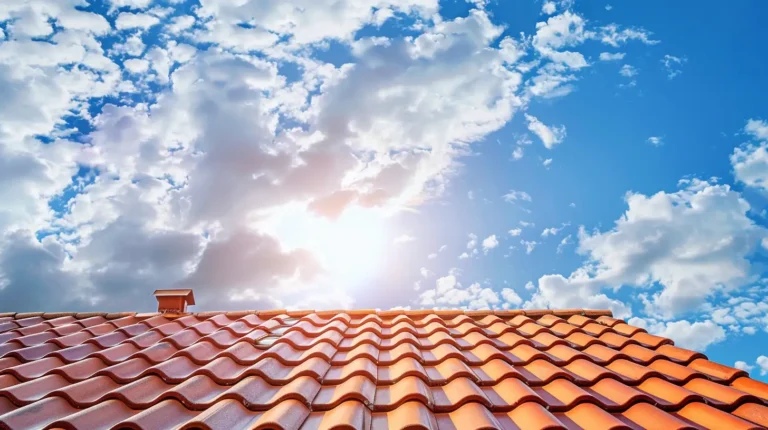
Blog
Storm-Proofing Your Roof: Ensuring It Survives Hurricane Season
Preparing your roof for hurricane season is crucial in safeguarding your home and loved ones from the destructive effects of strong winds and heavy rainfall. At Avenue Roofing, we understand that storm-proofing is a top priority for homeowners in hurricane-prone areas like Jacksonville, FL. Follow the steps below to help ensure your roof stands resilient against nature’s toughest elements.

1. Conduct a Thorough Roof Inspection
A professional roof inspection is the first step in preparing your roof for hurricane season. Scheduling an inspection before storm season begins can help identify any potential vulnerabilities, such as loose or missing shingles, damaged flashing, or weak spots. This ensures that small issues are addressed before they turn into significant problems during a storm.
Interesting Fact: A well-maintained roof can reduce storm-related damage costs by up to 50%, according to industry experts.
2. Make Necessary Repairs
Any damage found during the inspection should be repaired promptly. Even seemingly minor issues like missing shingles or cracked flashing can become major problems when exposed to hurricane-force winds. Reinforce the integrity of your roof by using proper sealants and ensuring all materials are securely fastened.
3. Trim Overhanging Branches
Trees and branches near your home pose a serious threat during hurricanes. Overhanging branches can break off and damage your roof, or even crash through it, causing significant structural damage. Be sure to trim any weak or overhanging branches to reduce the risk of impact on your roof during high winds.
4. Clean Gutters and Drains
Clogged gutters lead to water accumulation, increasing the risk of leaks and water damage. Before hurricane season, clean out your gutters to ensure proper drainage during heavy rainfall. This simple step helps prevent water from pooling on your roof and penetrating the surface.
Did You Know? Regular gutter cleaning can prevent roof leaks by as much as 70% during heavy storms.
5. Secure Loose Objects
Loose objects on or around your roof, such as satellite dishes, HVAC units, or solar panels, can turn into dangerous projectiles during a hurricane. Ensure these items are properly secured or anchored to prevent them from being dislodged and causing damage to your roof.
6. Reinforce Roof Sheathing and Materials
The roof sheathing (decking) provides the base for your roofing materials. Reinforcing it with hurricane straps or clips can prevent the roof from lifting during high winds. Consider upgrading to impact-resistant roofing materials, such as specially engineered shingles, to better withstand flying debris and high impact during storms.
Interesting Fact: Homes with hurricane straps are 30% less likely to experience roof damage during a storm compared to homes without them.
7. Hire Professional Roofing Contractors
One of the most important steps in preparing your roof for hurricane season is working with experienced roofing contractors. Proper installation and repair methods ensure that your roof is built to withstand the intense conditions of a hurricane. Always choose certified contractors like Avenue Roofing to help you protect your home with durable, storm-resistant materials.
FAQs:
1. How often should I inspect my roof for storm preparedness? It’s recommended to inspect your roof at least once a year, preferably before the start of hurricane season.
2. Can hurricane straps really prevent roof damage? Yes, hurricane straps or clips can significantly reduce the likelihood of roof damage by securing the roof to the home’s structure during high winds.
3. What type of roofing material is best for hurricanes? Impact-resistant shingles or metal roofing are considered some of the best options for hurricane-prone areas due to their ability to withstand flying debris and strong winds.
4. Is it necessary to clean gutters before hurricane season? Yes, cleaning your gutters helps ensure proper water drainage during heavy rains, reducing the risk of leaks and water damage to your roof.
5. Should I remove overhanging tree branches near my roof? Yes, trimming overhanging branches can help prevent them from breaking off and causing serious damage to your roof during a storm.
Conclusion: Prepare Your Roof for Storm Season
Hurricane season can bring destructive forces, but with proper preparation, your roof can serve as a first line of defense. Conduct regular inspections, make necessary repairs, trim trees, clean gutters, and secure loose objects. Reinforce your roof with impact-resistant materials and work with experienced roofing professionals to ensure your roof remains strong throughout the storm season.
To find out which roof colors help keep your home cooler, click here.



